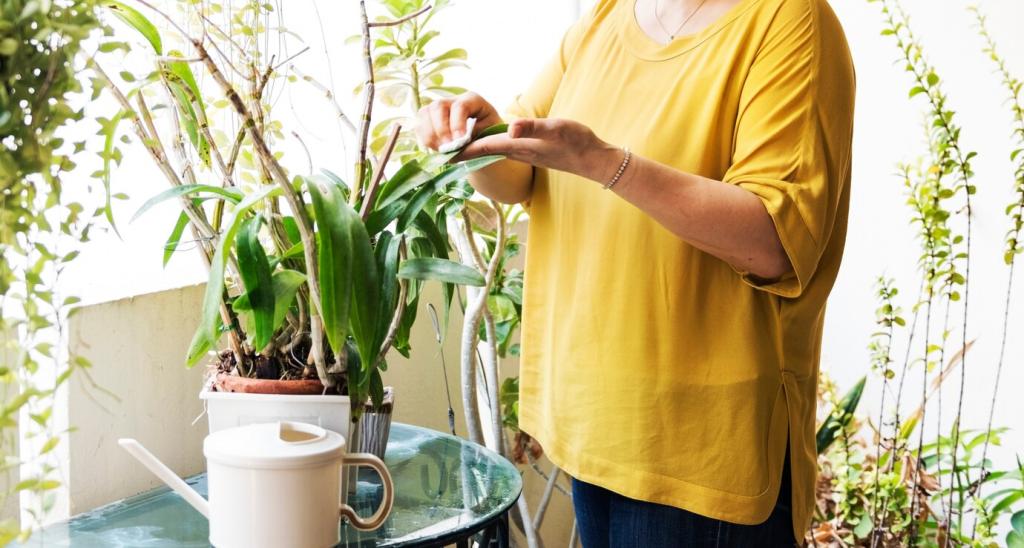
The Perfect Spot: Selecting the Right Location for Your Compost Bin
Chosen theme: Selecting the Right Location for Your Compost Bin. Find a site that keeps your compost active, tidy, and accessible—so you build a lasting habit and transform kitchen scraps into rich soil with zero fuss.
Microclimate Matters: Sun, Shade, and Temperature
Morning sun and afternoon shade keep a bin warm without drying it out. In warmer regions, partial shade prevents overheating; in cooler regions, more sun speeds decomposition. Observe your yard at different times and note where the light feels gentle, not harsh. Comment with your sun–shade sweet spot!
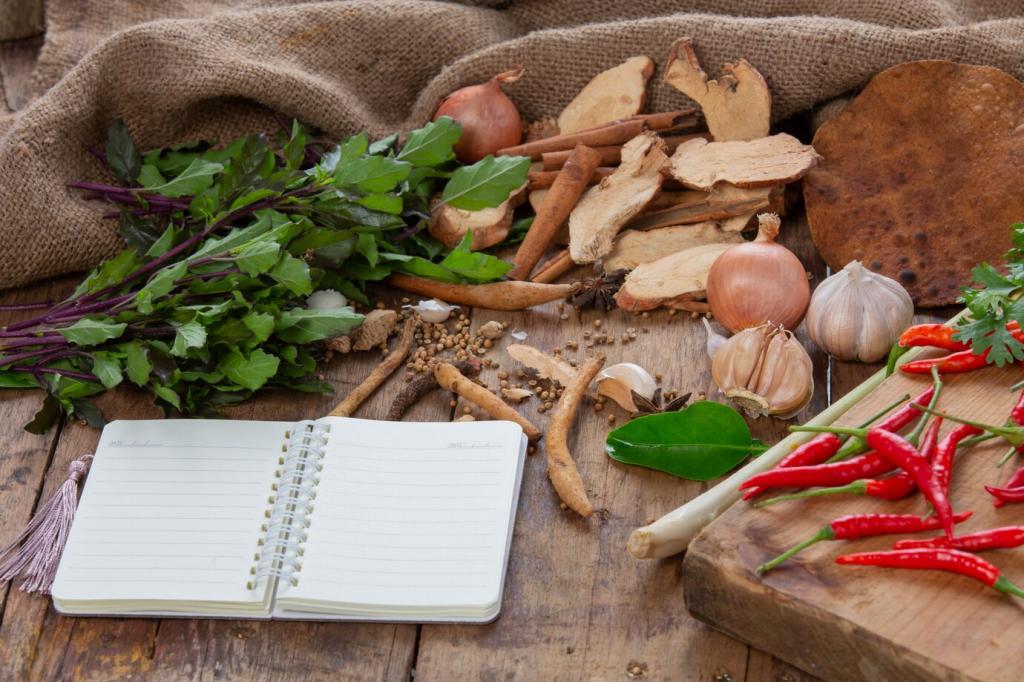
Why Bare Soil Wins
Placing your bin directly on soil invites worms and microbes to join the party and speeds decomposition. It also helps liquid drain naturally. Avoid solid slabs unless you add a thick, absorbent base. Tell us if you noticed faster results after switching from patio to soil.
Slight Slope, Not a Slide
Gentle slopes aid drainage; steep slopes cause instability and messy runoff. If your yard tilts, terrace a small platform with pavers or timbers so the bin sits level. Try the puddle test after rain and choose the spot that dries first. Which areas dry quickest in your garden?
Permeability Beats Puddles
Avoid depressions where water collects, and skip impermeable surfaces that trap leachate. If you must use a hard surface, add a wooden pallet and a deep carbon layer to buffer moisture. Share your drainage hacks and any quick fixes that helped your site perform better.
Convenience and Habit: Make Composting Effortless
Steps from the Kitchen
The closer the bin to your back door, the more likely you’ll empty the caddy regularly. Count the steps in bad weather and at night; convenience wins. If you hesitate on cold evenings, it’s probably too far. What’s your ideal distance? Share your step count below.
All-Weather Access Path
Mud, snow, and slippery flagstones can turn composting into a chore. A simple mulch path or stepping stones keeps your route reliable year-round. Good footing equals consistent feeding. Post a photo of your path upgrade and inspire fellow readers to tidy their route.
Tools Within Arm’s Reach
Store browns, a hand fork, and a moisture source nearby to encourage quick adjustments. A small bin of leaves and a hose hook save minutes every visit. Convenience compounds habits. Subscribe to download our one-page setup checklist for a friction-free compost station.
Neighbors, Aesthetics, and Local Rules
Some municipalities or HOAs require setbacks from property lines or structures. A quick call or website check prevents headaches later. Keep notes for future reference. Drop a comment with your local rule highlights to help others navigate their neighborhoods.
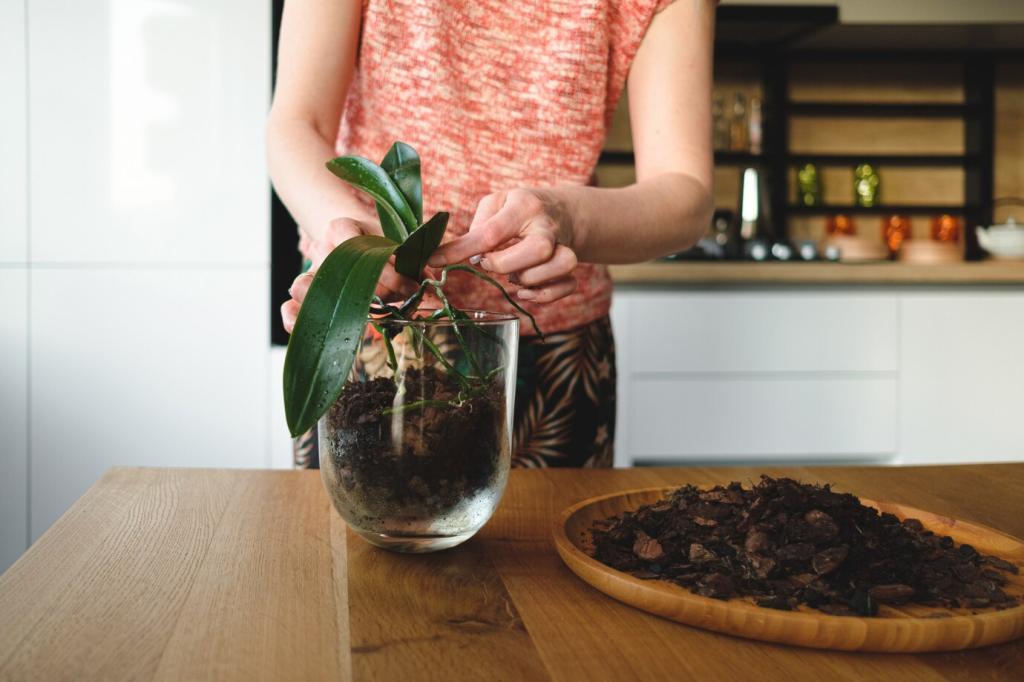
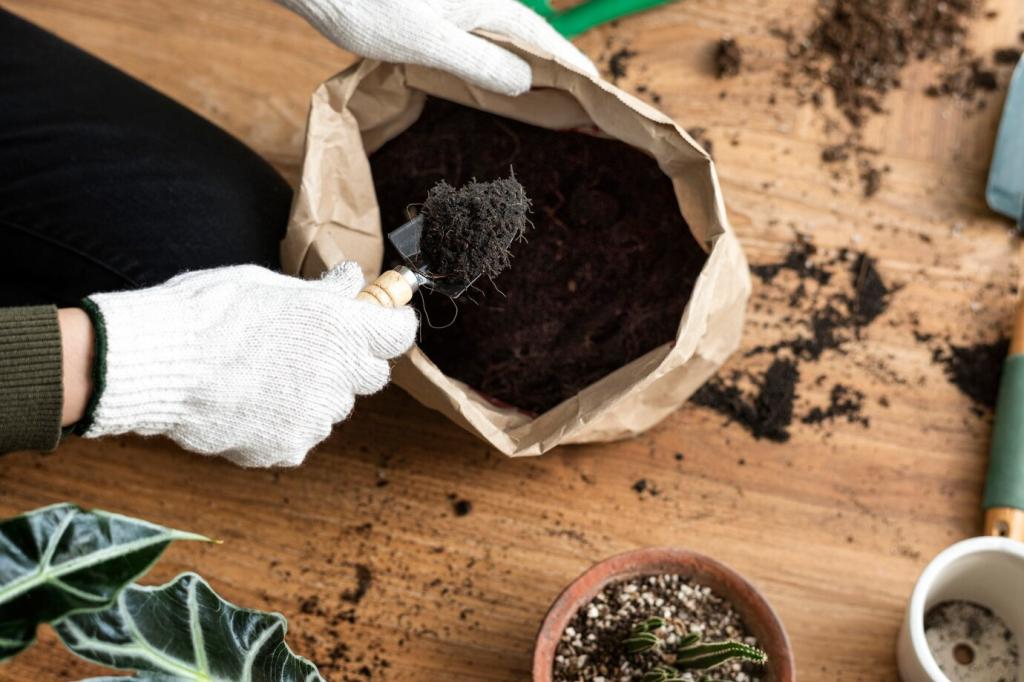
Neighbors, Aesthetics, and Local Rules
A small hedge, trellis, or native grasses can frame your bin beautifully, softening edges without blocking airflow. Choose plants that won’t overgrow. Share how you camouflaged your bin, and tell us which plantings complement your garden style.
Odor, Pests, and Airflow: Prevent Problems by Placement
Position the bin where air moves lightly through, not behind a solid fence corner where stagnation builds. Air exchange supports aerobic microbes and freshens the area. Where do you notice subtle breezes on warm afternoons? Map it and share your findings.
Odor, Pests, and Airflow: Prevent Problems by Placement
Keep a respectful gap from doors, open windows, crawl-space vents, and HVAC intakes. This protects indoor air and comfort while keeping your bin convenient. What buffer distance worked for you? Add your rule-of-thumb and why it helped.
Odor, Pests, and Airflow: Prevent Problems by Placement
Avoid placing the bin next to dense brush or sheds with gaps where rodents nest. Use hardware cloth beneath, and keep browns handy to cover food scraps promptly. Comment with your best critter-proofing tip and how your location choice helped.
Hose or Rain Barrel Within Reach
A bin should be easy to moisten during dry spells. Situate it near a hose bib or connect a rain barrel with a short run. Fast access prevents neglect. Tell us how you manage moisture and what setup saved you the most time.
Stash Dry Browns Next Door
Keep a lidded bin of leaves, shredded cardboard, or straw beside your compost. Immediate coverage controls odor and balances nitrogen. Proximity turns balance into habit. Share your favorite brown material and where you store it for quick grabs.
Work Surface and Buckets
A small table, a hook for gloves, and a couple of buckets make quick mixes and transfers painless. When the station is organized, your compost moves faster with less mess. Post your station layout idea to inspire fellow readers to upgrade theirs.
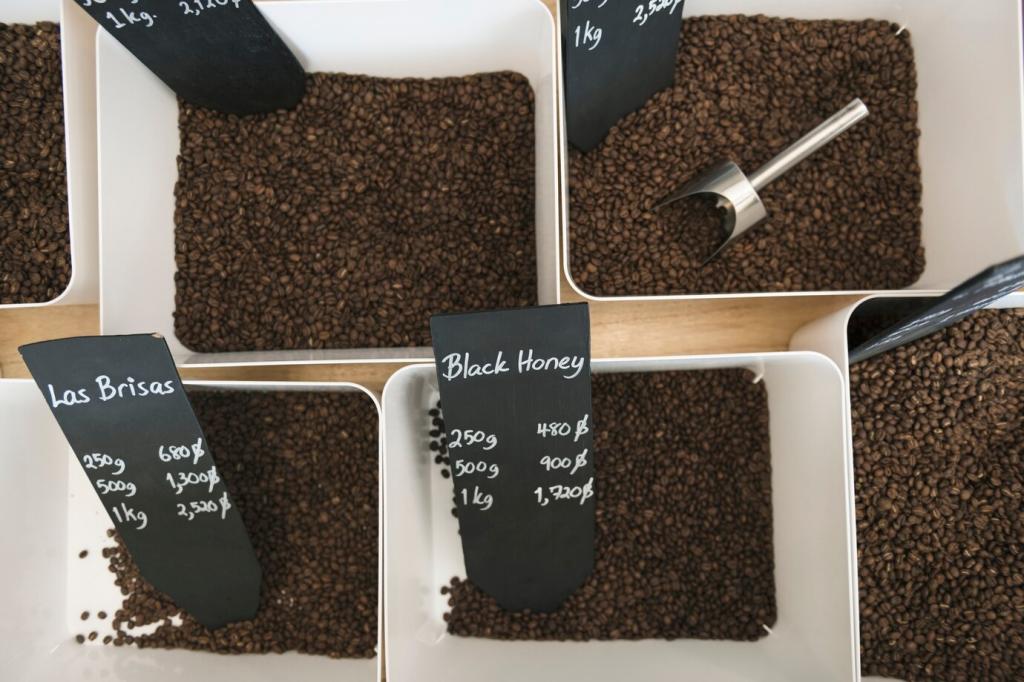
Space to Grow: Future-Proof Your Compost Corner
Batch composting thrives with multiple bins—one active, one maturing, one ready. Leave room to expand later without redoing paths or plantings. Have you outgrown a single bin? Tell us how expansion changed your routine.
Field Notes and a Simple Site Test
Maya tucked her bin near a sunny fence with a leaf bin and hose—she posts kitchen scraps daily. Chris placed his behind a shed in deep shade and forgot it often. Guess whose compost finished first? Share which story sounds like you and why.
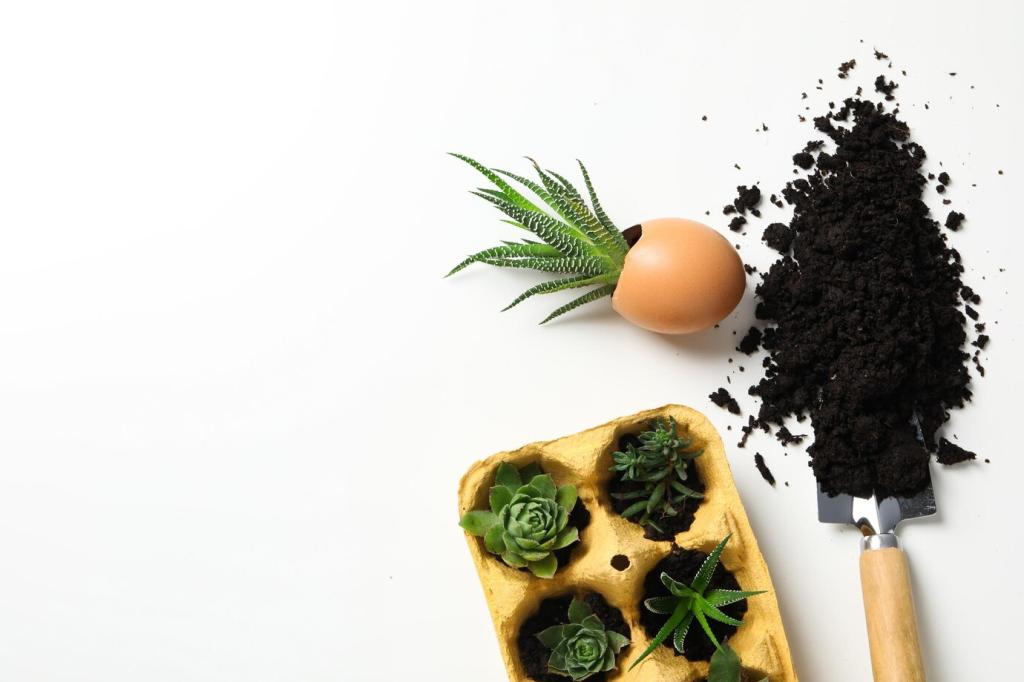
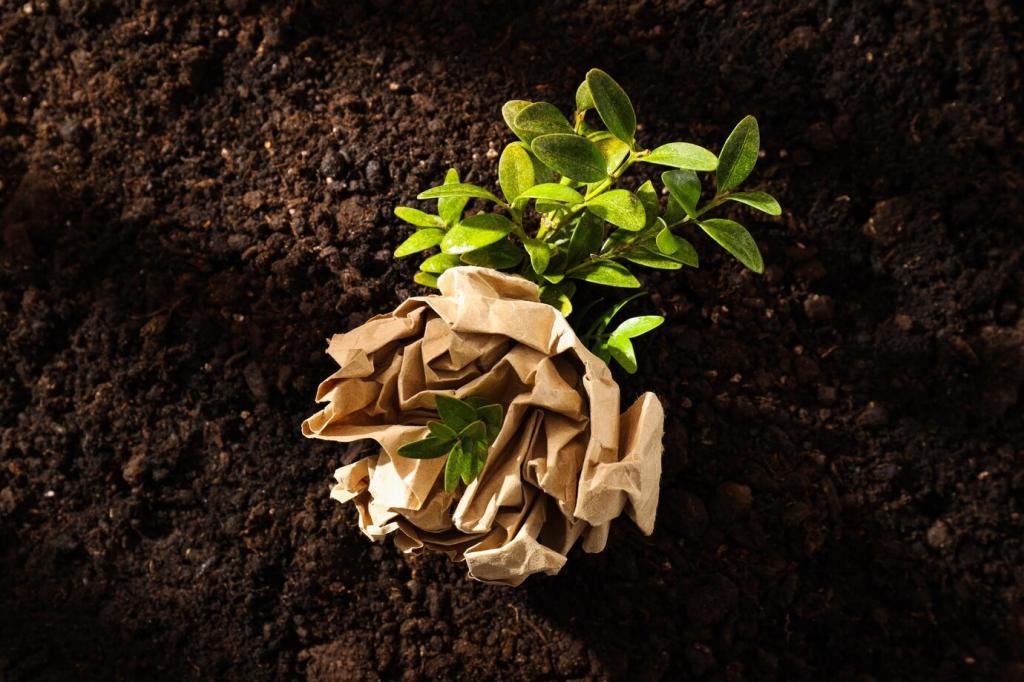
Field Notes and a Simple Site Test
Stand in a candidate spot. Count steps from kitchen, feel the breeze, check soil for puddles, note sun patterns, and look for neighbors’ windows. If it passes three of five easily, mark it. Subscribe to get the printable checklist and scorecard.
